In Toronto’s downtown, heading east along Dundas Street West and passing through the Chinatown, you can find a great building between Beverley Street and McCaul Street. The huge glass-roof extend about 200m long from left to right, like a time tunnel with lights turned on at night – that is the Art Gallery of Ontario (AGO).
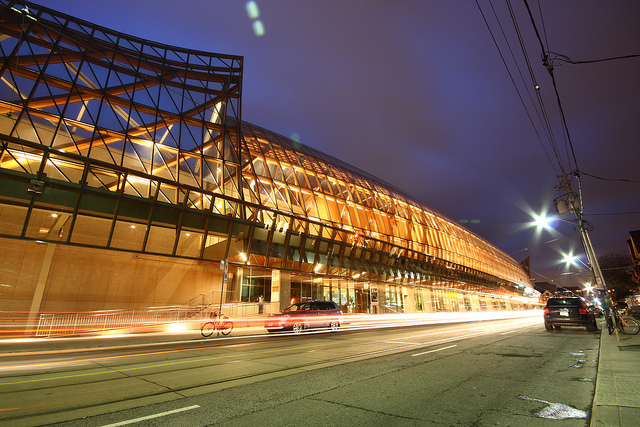
AGO was founded in 1900 as a private gallery by the Ontario Society of Artists and was renamed as Art Gallery of Ontario in 1966. Since 1974, it has undergone four major expansions and renovations, and was closed again for renovation from 2002 to 2008 and redesigned by Frank Gehry, a well-known architect. Today, AGO covers a total area of 45,000 square metre and its collection includes more than 80,000 of art pieces spanning from the first century to present day, making it the No.8 largest galleries in North America.
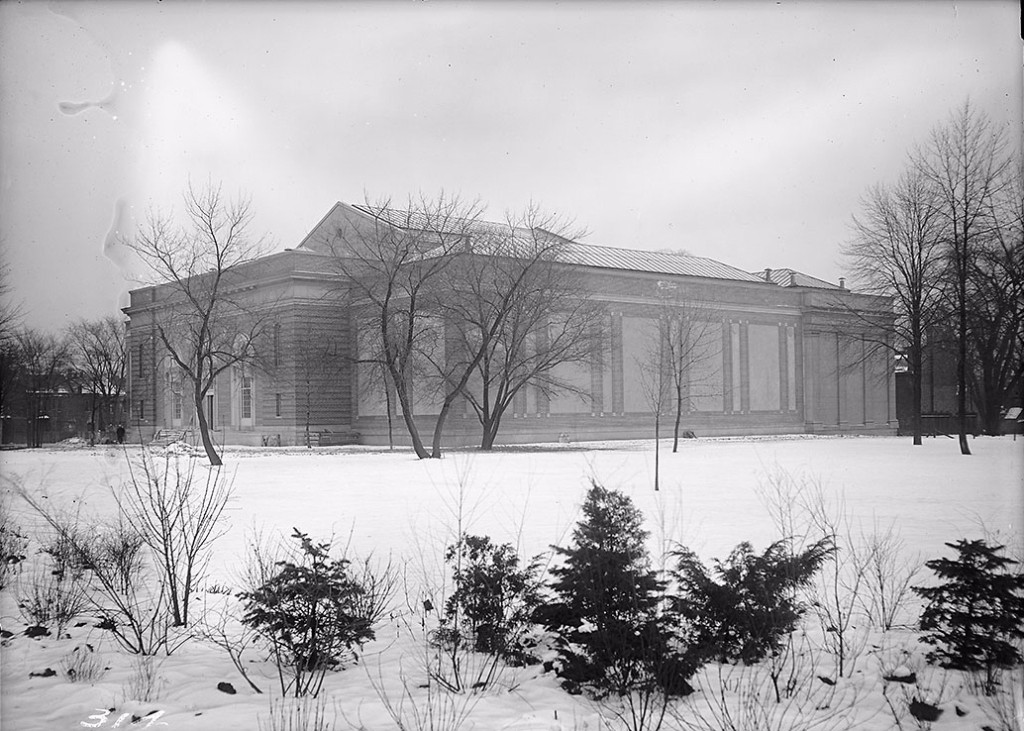
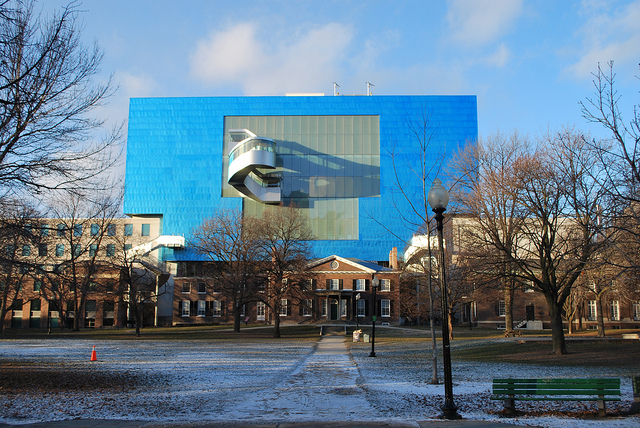
Aside from its impressive collections, the museum itself is a piece of art. People love the new look of the AGO, which is redesigned by a local born Gehry. The transformation is not an easy task, it merges contemporary perfectly with old building, adding new life to the structure without taking over the old.
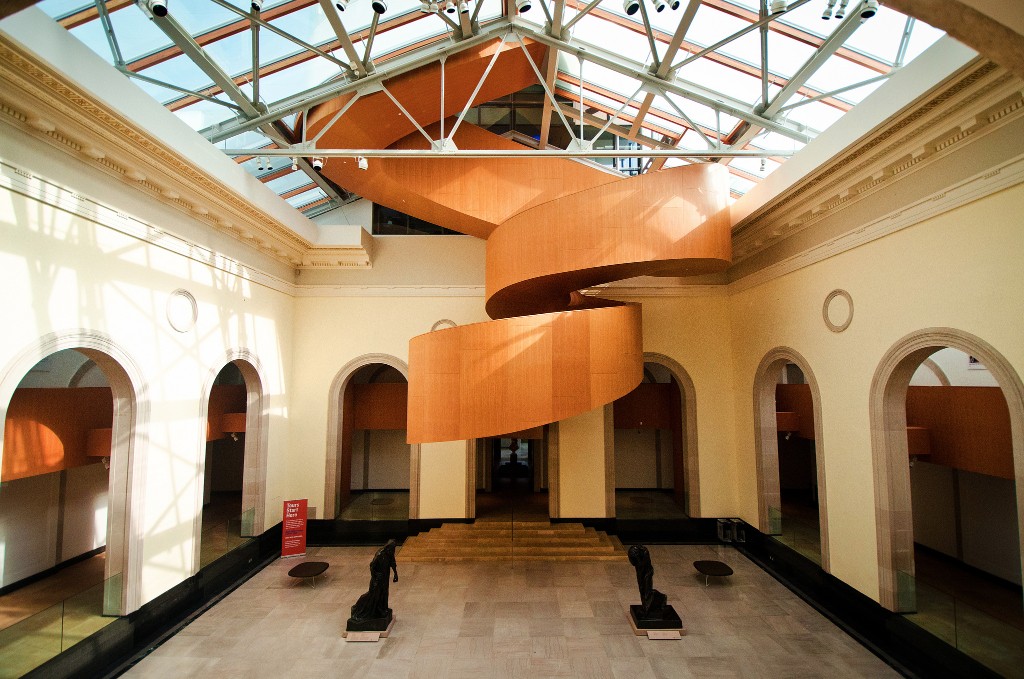
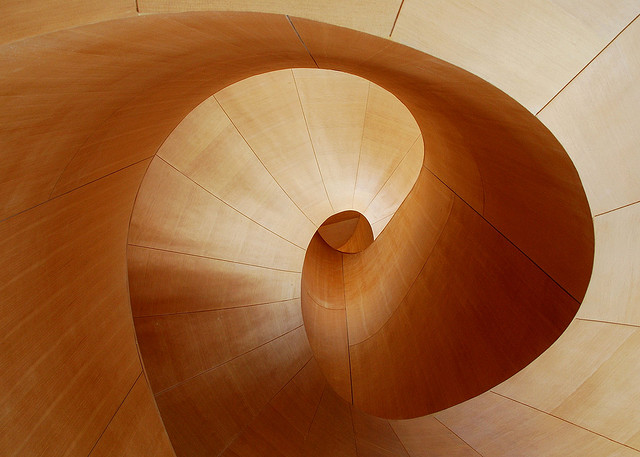
The new Walker Court kept the arches and moldings from the past, chime in with the AGO’s newly signature elements – the dramatic sculptured staircases and the skylight. As natural light pours into the hall, the spiral staircase welcome visitors with its beautiful dance. The new design gives AGO a contemporary and elegant new look, which is also different from Gehry’s usual bold and edgy signature style.
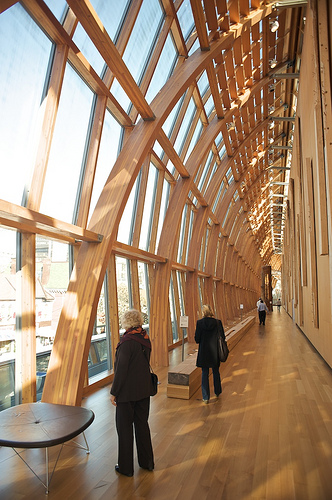
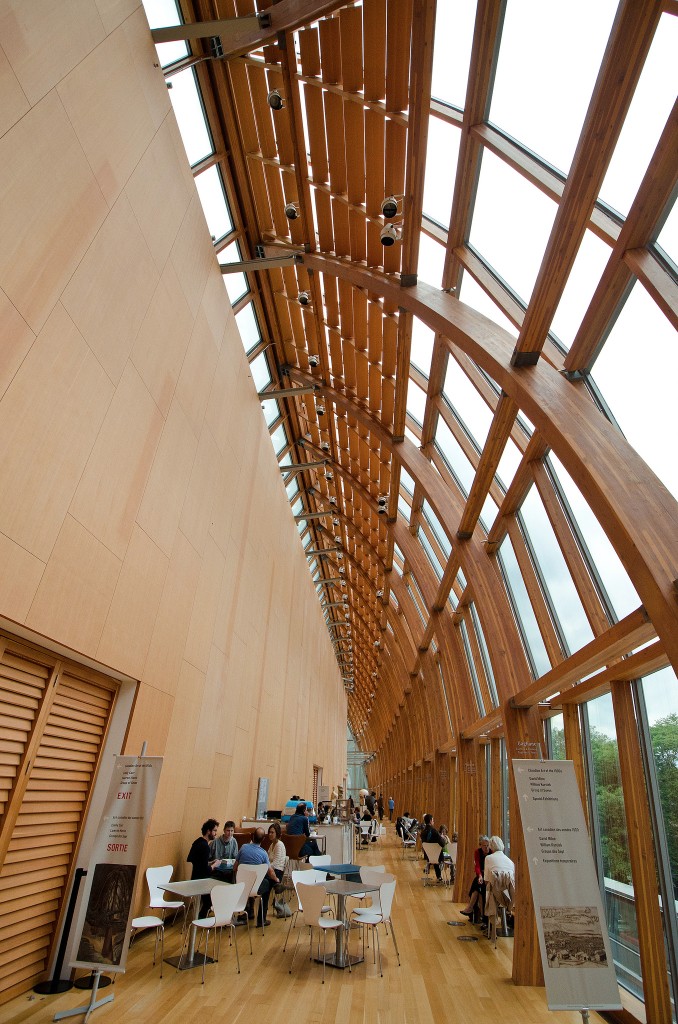
Going upstairs, entering the Galleria Italia, you would definitely fall in love with this large arcade, which was structured with the arc-shaped Douglas fir, extensive use of glass provides a spatial sense, as if people are in a magnificent upside-down Noah’s ark. With natural light infuse the gallery, it captures people to stop and simply admire the view or enjoy some relax tea time with the built-in café. The arcade connects multiple art galleries within the story, like a time tunnel, allow visitor walking in and out of different era from now and the past.
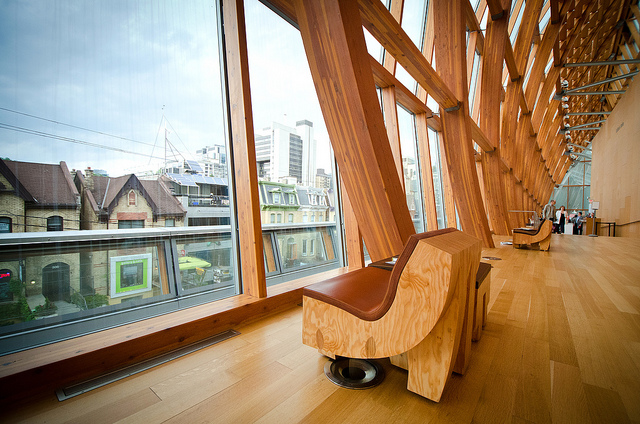
Henry Moore Sculpture Centre, another new focus of AGO, is at the far end of the Galleria Italia. It has the largest public collection of Moore’s sculptures in the world. With the square skylights, the chequered pattern floor and sculptures as the chess pieces, it successful creates an illusion of a checkerboard and bring another kind of interactive to the audiences.

Moore was best known for his abstract sculptures made of bronze and marble, and the theme of his artworks were mostly “Mother and Child” or “Reclining Figures”. Aside from the Henry Moore Sculpture Centre, a giant sculpture is also displayed nearby AGO. In addition to AGO, Moore’s public arts are over the world, with one of them outside the Exchange Square in Hong Kong!
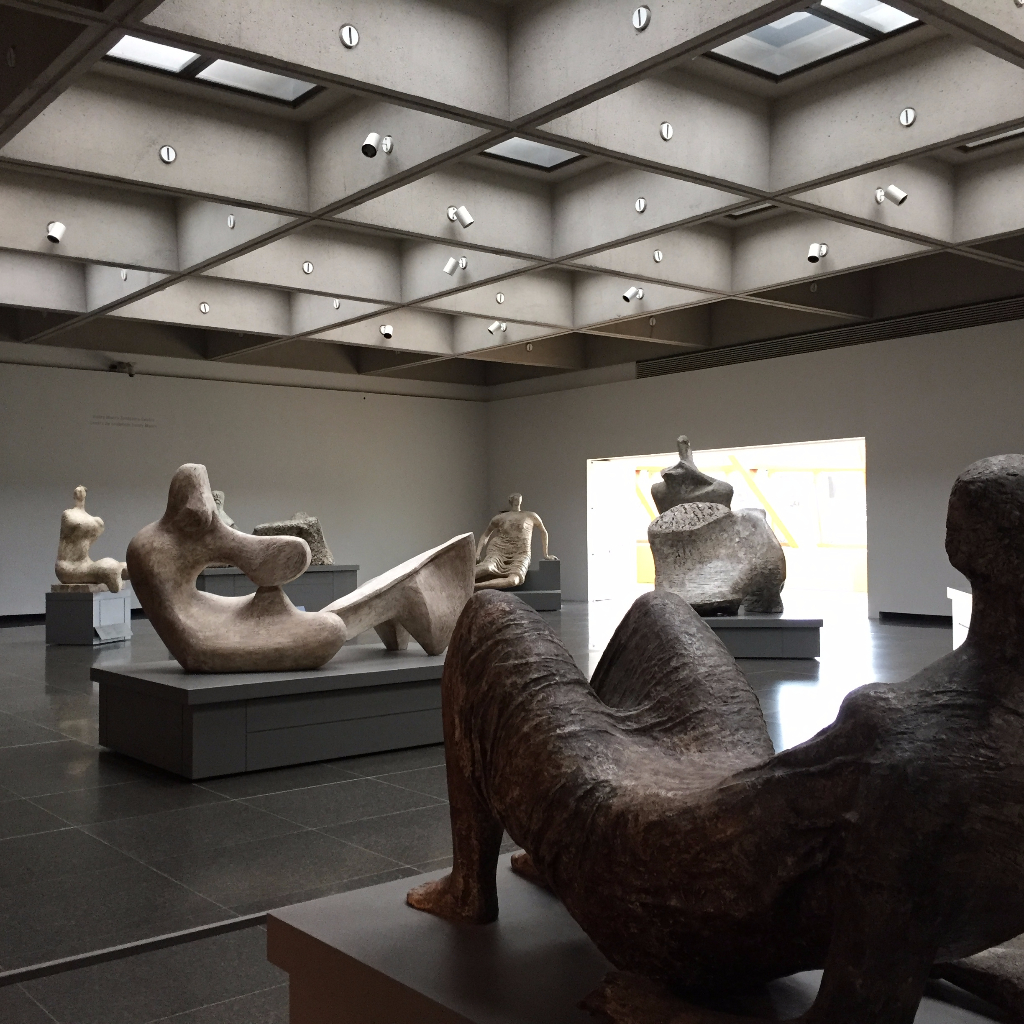

 © 2018 CC+
© 2018 CC+